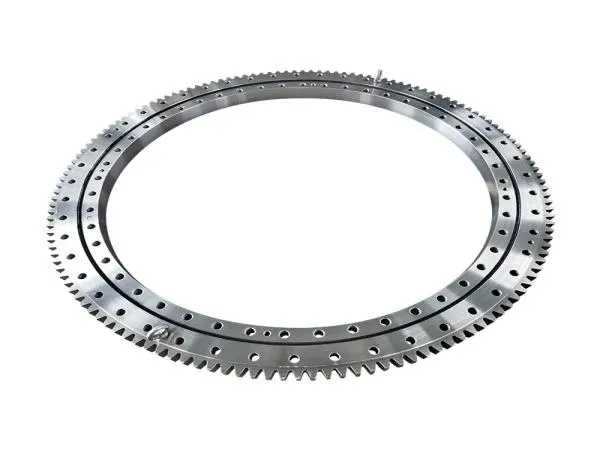- +86 13837949030 +86 15890619536
- info@lymcbearings.com export@lymcbearings.com
- Luoxin Industrial Cluster, Luoyang City,Henan Province,China
Time:2025-02-25 01:55:28 Source:Luoyang MC Bearing Technology Co.,Ltd.
Before the application of slewing bearings, the installation is also to ensure the subsequent normal operation of a major key, so a full understanding of the installation steps is also very necessary. Here we look at the installation of slewing bearings of several steps.
1. Before installing the slewing bearing, we should carry out a comprehensive inspection of the equipment to ensure that the equipment is in good condition. First of all, we have to check the host mounting surface to ensure that the supporting parts should have sufficient strength, the motor and the slewing bearing connected to the size of the various parts of the matching degree and flexibility.
2. In the process of subassembly installation and combination installation of the slewing bearing, it should be carefully and carefully protected to prevent damage. When installing the slewing bearing, put the slewing bearing horizontally on the installation base platform, check the position of the soft belt (generally labeled S), and put the soft belt and the blocking position in the non-load area or light load area. With a ruler to see the slewing bearing plane and the installation of the foundation plane whether there is a gap, if there is a large gap to prove that the installation of the foundation is not good flatness, if the conditions allow should be reworked to install the foundation, if the conditions do not allow, can be used in the gap at the method of eliminating the gap by using a pad of copper.

4. After all the installation bolts are tightened, should promptly remove the size of the gears between, slewing bearing on and around the debris, and check the adjacent parts, to ensure that the slewing bearing rotation will not interfere with it, and then between the gears injected with lubricating grease, turn on the equipment pointing to rotate slowly for a few rounds, carefully check the slewing bearing running smoothly, the size of the gears mesh properly, there is no abnormal noise and stagnation phenomenon.
